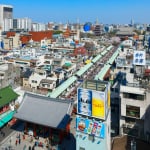If you're looking for some beautiful resorts with views of the mountain, check out this article Luxury Resorts and Hotels with Views of Mount Fuji to Stay at Near Tokyo.
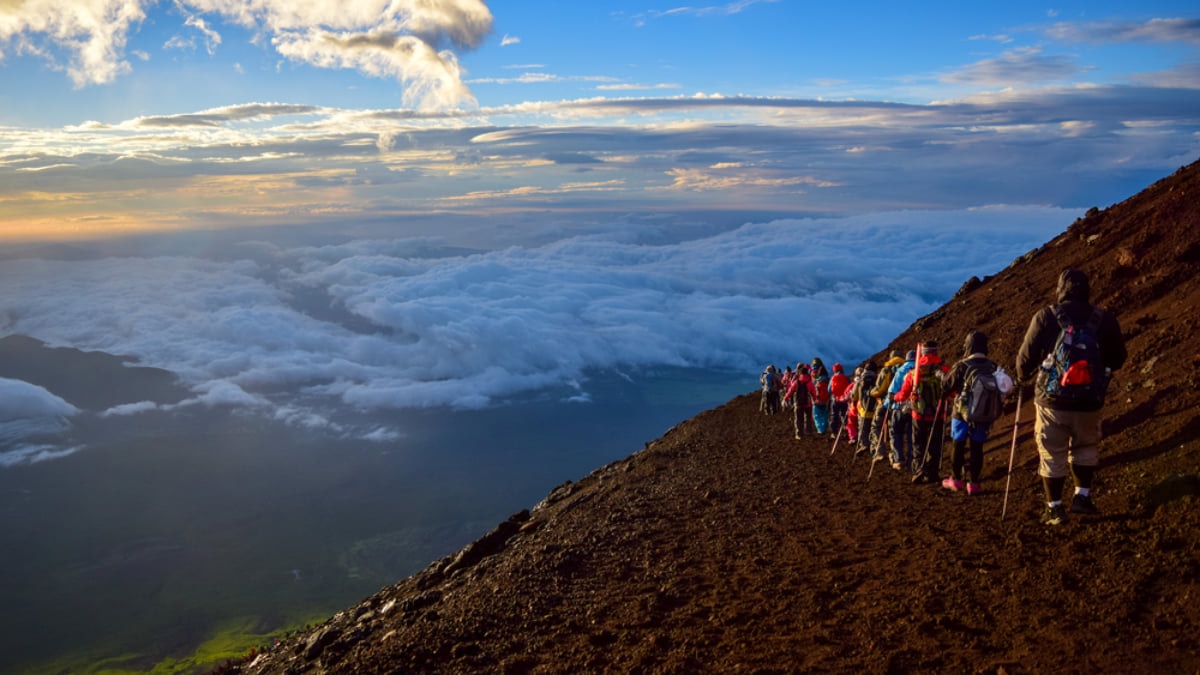
Photo by Nackoper/Shutterstock
The Most Iconic Mountains to Climb and Hike Up in Japan
There’s a unique thrill in reaching a mountain summit and taking in the breathtaking views that reward your effort. Japan’s diverse landscape, with its majestic peaks, lush forests, and picturesque valleys, provides countless opportunities for memorable hikes.
table of contents
[x] close
The Most Iconic Mountains to Climb and Hike Up in Japan
Mt. Haku
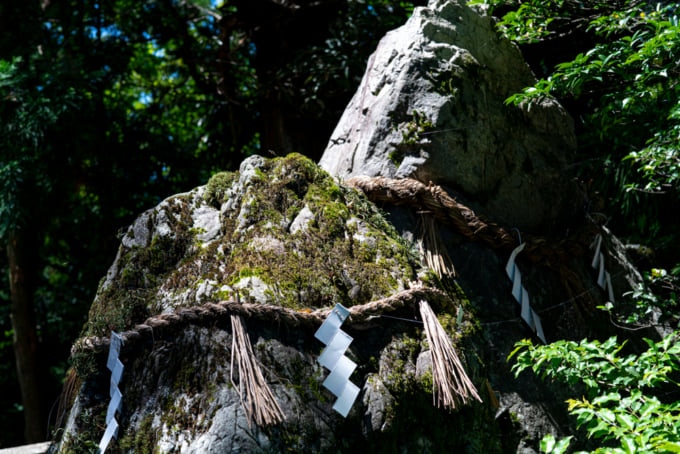
Photo by Takahiro Mitsui/Shutterstock
Mount Haku, one of Japan's three sacred mountains alongside Mount Fuji and Mount Tate, has long been a site of religious pilgrimages. Even if a holy mountain climb isn't your goal, Mount Haku offers plenty of reasons to visit. The ascent features stunning scenery, with trails adorned with picturesque ponds and sweeping views of the national park.
The mountain’s name, which means "white mountain" in Japanese, reflects its characteristic snowy peak that lingers longer than those of the surrounding peaks when viewed from afar.
Height: 2,702 meters
Travel Time to Summit and Back: 8 hours
Mt. Miyanoura
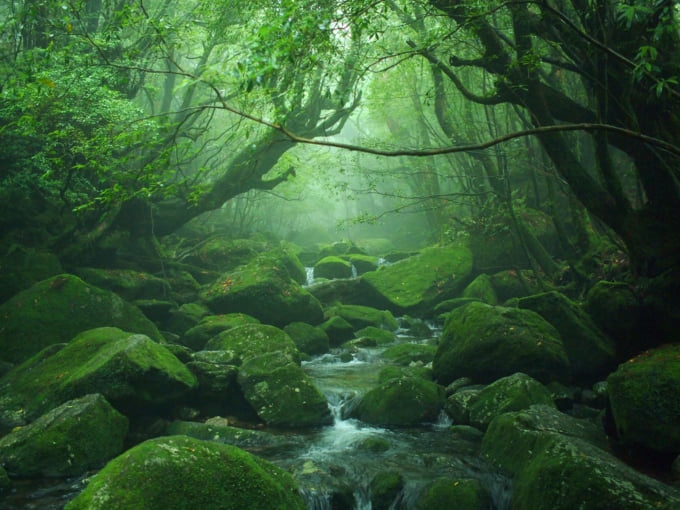
Photo by ro photos/Shutterstock
For true nature enthusiasts, a trip to Yakushima, a subtropical island off the coast of Kyushu, is a must. Known for its ancient cedar forests, some trees are believed to be thousands of years old. Mount Miyanoura, standing at 1,936 meters, is the highest peak in the Kyushu region. Despite its lower elevation compared to other Japanese summits, the dense forests and unpredictable weather make the climb challenging. If you're not an experienced hiker, consider hiring a guide and remember to purchase a hiking pass for 1,000 yen per day.
Rain is a frequent visitor to Yakushima, so a raincoat is essential. You'll likely encounter showers during your hike.
Height: 1,936 meters
Travel Time to Summit and Back: 6 hours (though many hikers extend their trip to visit Jomon Sugi, the island's oldest tree, resulting in a two-day hike).
Mt. Yotei

Often called the 'Mount Fuji of Hokkaido,' Mount Yotei is a strikingly symmetrical cone volcano located a couple of hours' drive from Sapporo. While it is shorter than Mount Fuji, measuring 1,898 meters, the hike should not be underestimated. Unlike Fuji, Mount Yotei is less frequented and lacks amenities such as shops and vending machines, so be sure to bring your own food and water.
The view of Mount Yotei from afar is also spectacular, especially from Niseko, one of Japan's renowned ski resorts.
Height: 1,898 meters
Travel Time to Summit and Back: 8 hours
Mt. Takao

Photo by Naoto Shinkai/Shutterstock
If you're pressed for time but still eager to hike while in Tokyo, consider Mount Takao, located just west of the city. This accessible mountain offers a pleasant climb to its peak, taking just over two hours, with plenty of scenic spots and resting places along the way. During festivals, which are held throughout the year, the trails can be crowded, but you'll also find food stalls, sake, and lively festivities that add to the experience.
Height: 599 meters
Travel Time to Summit and Back: 4 hours
Mt. Fuji
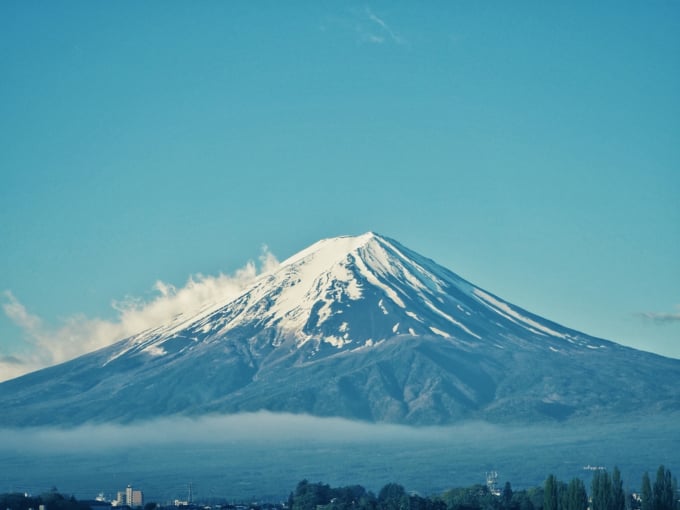
Photo by Chapatta/Shutterstock
Mt. Fuji needs little introduction. As Japan's highest mountain and most iconic peak, it often tops hikers' lists. The climb, while significant due to its height, is relatively manageable—no rock scrambling or steep inclines are required. The unobstructed views from the summit, weather permitting, are spectacular.
However, be cautious about climbing off-season. Snow and ice can make the ascent extremely dangerous without proper experience and approval from local authorities.
Height: 3,776 meters
Travel Time to Summit and Back: 9 hours
Conclusion
If climbing Japan's iconic peaks is on your itinerary, these mountains come highly recommended for their stunning views and unique experiences beyond just reaching the top.
Please note that the travel times provided are estimates and can vary based on your hiking pace and time spent at the summit. For beginners or those less experienced, it’s wise to add an extra hour or two to the suggested times.
RELATED ARTICLES
REGIONS
CATEGORIES
FEATURED ON Japan
-
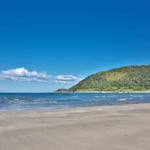
4 Recommended Sightseeing Spots in Hidaka Town, Wakayama Prefecture
-
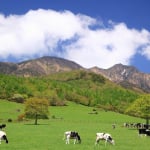
4 Recommended Souvenirs from Hokuto City, Surrounded by the Southern Alps and Mt. Yatsugatake
-
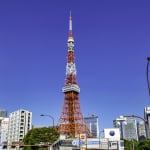
Introducing recommended souvenirs from Tokyo Tower! So many attractive gifts to choose from
-
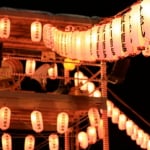
Not Just Fireworks! Introducing 3 Popular Festivals Around Kitasenju
-
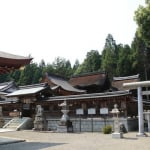
5 Must-See Tourist Spots in Ryūō Town – Deeply Historical Sites That Even History Buffs Will Love!
MOST POPULAR ON Japan
-
 1
1Doha: Must-see Attractions in the Capital of Qatar
-
 2
2Toronto: 10 Things to do in this Picturesque Canadian City
-
 3
3Amarillo: A City Famous for It’s Amazing Canyons, Great History and Music
-
 4
4South Korea: Dazzling Scenery, Rich Culture and Fascinating History
-
 5
5Kuwait: A Country in Middle East Asia Famous for Hot Sand Dunes and Stunning Cityscape




